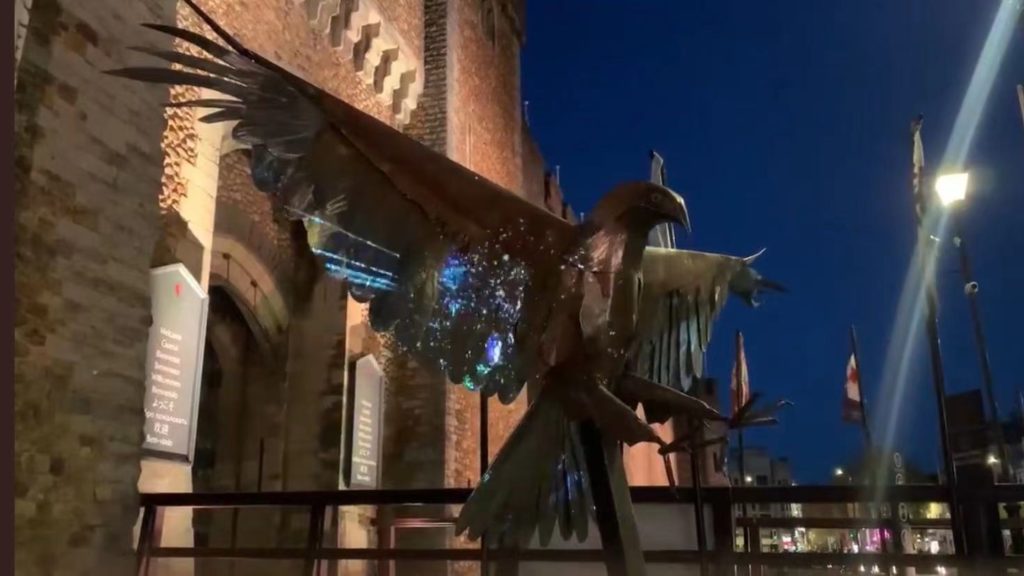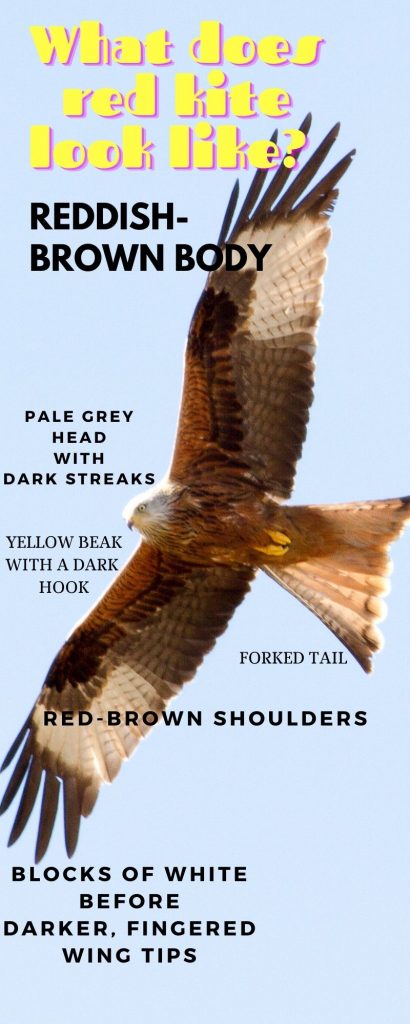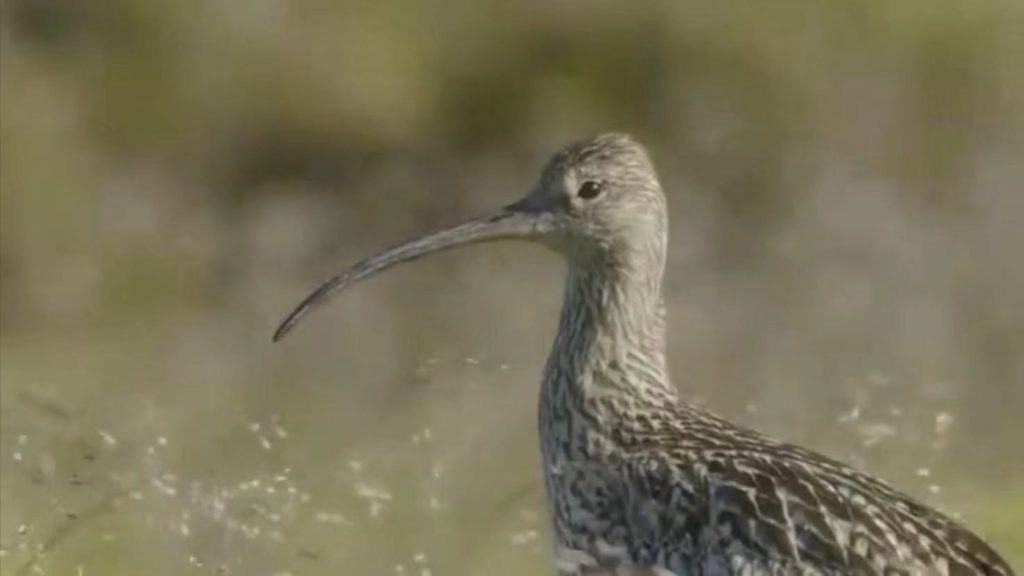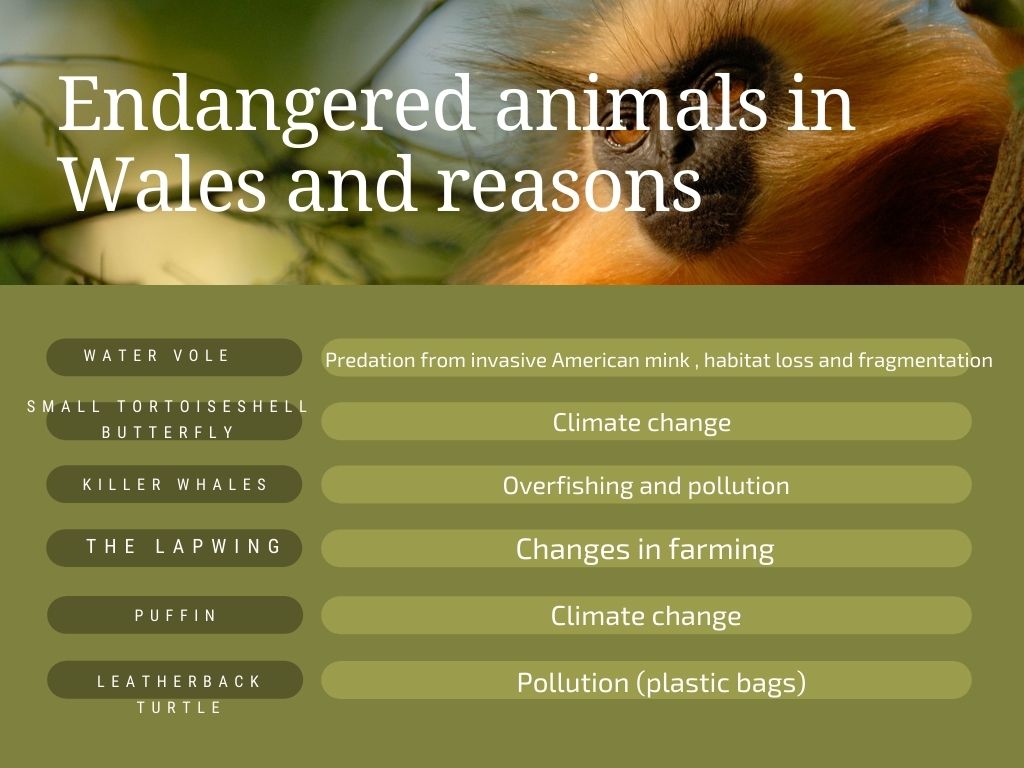RSPB Cymru launches a new campaign to call for a greener nature. What needs to happen to restore Wales a greener environment?

A statue of red kite was erected outside Cardiff Castle as part of the campaign by RSPB Cymru aiming at calling for a greener future.
It was called the beacon of hope by the RSPB after the number of red kite rebounds,because it symbolizes the recovery of nature
“The success of the red kite in Wales is an example of what is possible with the right protection and support put in place. This year provides enormous opportunities, which come at a time when we need urgent change to revive our world,” said RSPB Cymru director, Katie-Jo Luxton.
“Later on this year, two global summits on biodiversity and climate change will take place and the upcoming elections in Wales gives each and every one of us the opportunity to shape the future of nature that we want. What better way of showcasing the potential for nature revival than with a beautiful sculpture of the iconic red kite, ” said Katie-Jo Luxton.
“In Wales, I believe we need a cross-sector approach to finding solutions to some of these problems. The relationship between art, science, nature and technology, is an important one, as it allows us to engage and motivate people with these issues in new and exciting ways,” said Sarah Wardlaw, a visual artist as well as the designer of the red kite from North Wales.
Alongside the campaign, Gareth Bonello, a Welsh music award winner will release his new single called Revival to help push for legally binding targets to restore nature by 2030.

Sarah believes that this bird and the recovery of nature is a stark warning on the fragility of eco-systems and the constant threat to species requiring restoration of natural habitats, due diligence and action by citizens, businesses, and governments.
“As an artist, I believe we can collectively help prevent extinction and protect wildlife if we use our individual stories and give our imagination the freedom to unfold and be limitless. If species die, our dreams die with them,” said Sarah .
According to her, it is a conservation success story across the Wales and the wider UK landscape. It is an incredibly elegant raptor, soaring on long wings with white and rusty burnt sienna colour flight feathers that contrast with the black wing tips. A dream gig for a sculptor.
“We decided to go with a celebratory and hopefully uplifting feel in view of it’s conservation success in recent years. As such, I incorporated AR-illuminated projections for the evening viewings and initial launch. This was the first time I had combined sculpture with my interest in this particular technology, so it was an experimental piece which I think in retrospect worked well because the feedback I got from the public was generally positive,” said Sarah.
“Nature has been an essential part of my life ever since I was little. I started volunteering with the RSPB when I was 14 years old, then went on to study zoology at university. I briefly worked as a professional ornithologist and nature has always been an inspiration to me as a composer,” said Gareth.

Compared to other regions, red kite is of great significance to Wales. Over the past 30 years, the number of this kind of species has rebounded after hunting-led decline. Therefore, red kite seems to symbolise the beacon of hope to the natural revival of Wales.
““It was a pleasure and a privilege being a part of the team protecting red kites in mid Wales during the 1980’s and 90’s. I remember spending a lot of weekends and holidays doing our best to protect the nests from poachers, but looking at how successful this beautiful bird has been since then, it was worth every second,” said naturalist and TV presenter, IOIO Williams told RSPB Wales.
In addition to this, Gareth’s song is also calling for the return of another species, curlew. The number of this bird has declined by 70% since 1995, if no actions are taken, the bird will become extinct in 13 years.
“This is a once in a generation opportunity to take action to improve our nature,” said RSPB Wales.

